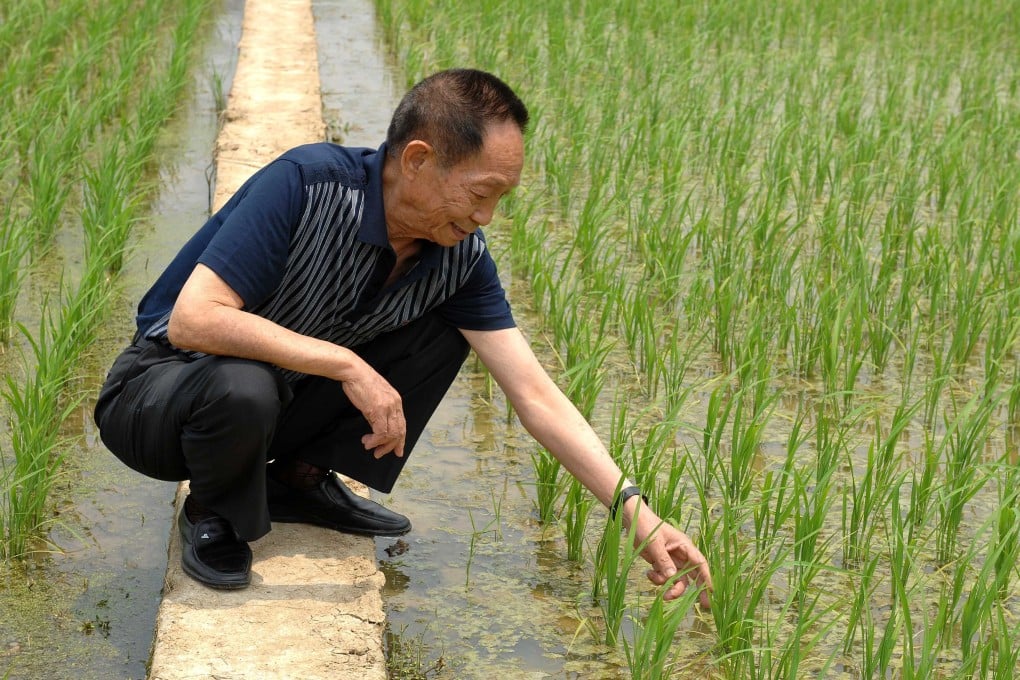Why didn’t the rest of Asia get a taste for Chinese hero Yuan Longping’s hybrid rice?
- The ‘father of hybrid rice’ took China from famine to feast with his 1970s breakthrough that boosted yields by 20 to 30 per cent, yet today much of Asia remains wedded to local forms of inbred rice
- Funding problems, limited research, low genetic diversity and good old fashioned taste buds all help to explain why. But experts say there’s no reason we all can’t learn to love the hybrid variety

As a guest professor at the Institute of Food and Nutrition Development in Beijing, Suresh Babu often finds himself eating out at Chinese restaurants after his lectures. Fortunately for him, Babu is a “rice lover”.
“Whenever I go to China, I find hybrid rice in the restaurants, grocery shops, everywhere,” said Babu, who is also a senior fellow at the International Food Policy Research Institute in Washington.

But while Yuan’s achievements transformed China’s rice industry – at present more than 50 per cent of China’s rice is grown using hybrid technology – outside China his methods have made far less of an impact. Other rice-dependent nations, such as India, Bangladesh, Indonesia and the Philippines, remain largely dependent on inbred rice varieties. In these countries, less than 15 per cent of rice supplies come from hybrids – ie, varieties that are the product of a cross between two genetically distinct parents.